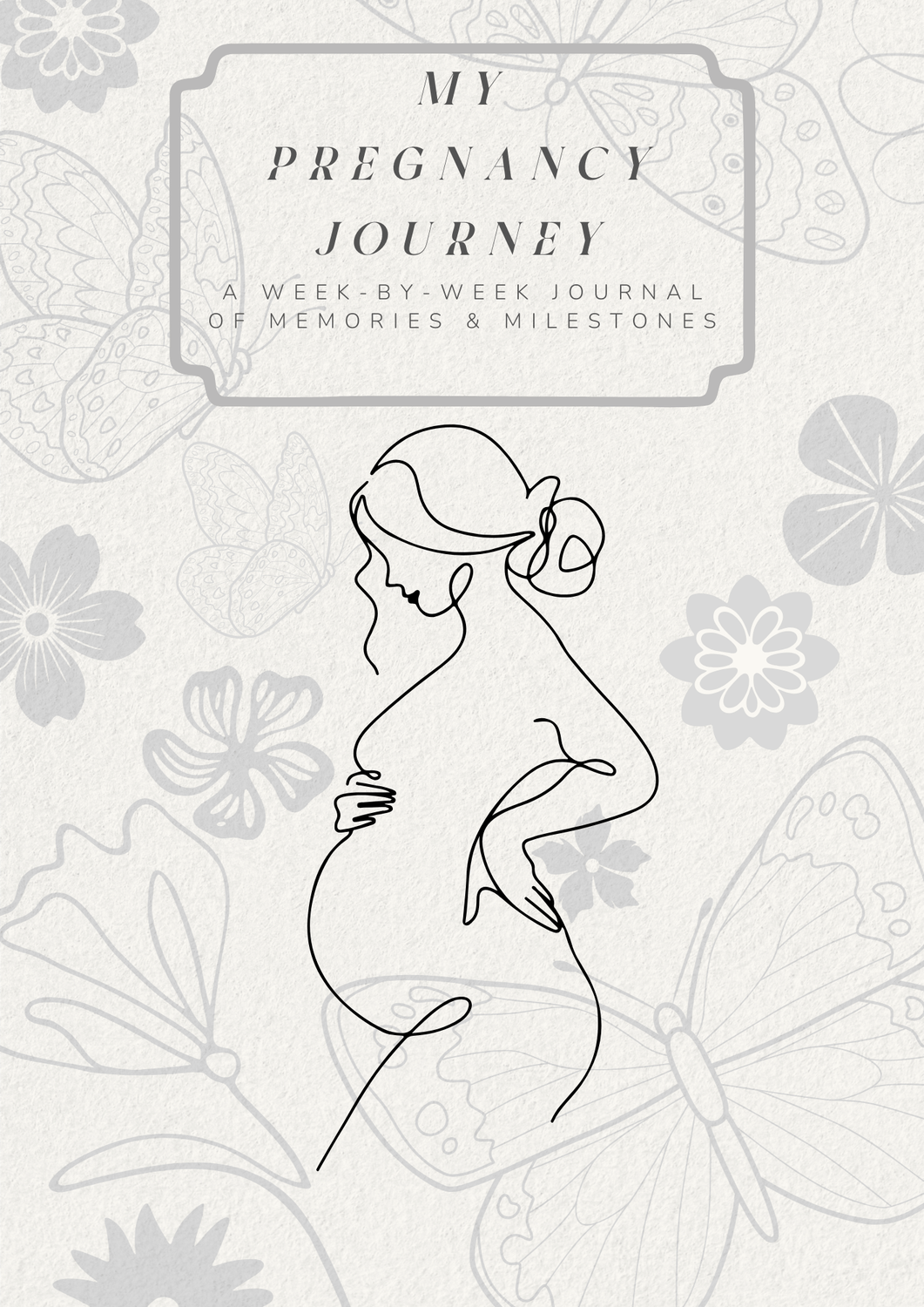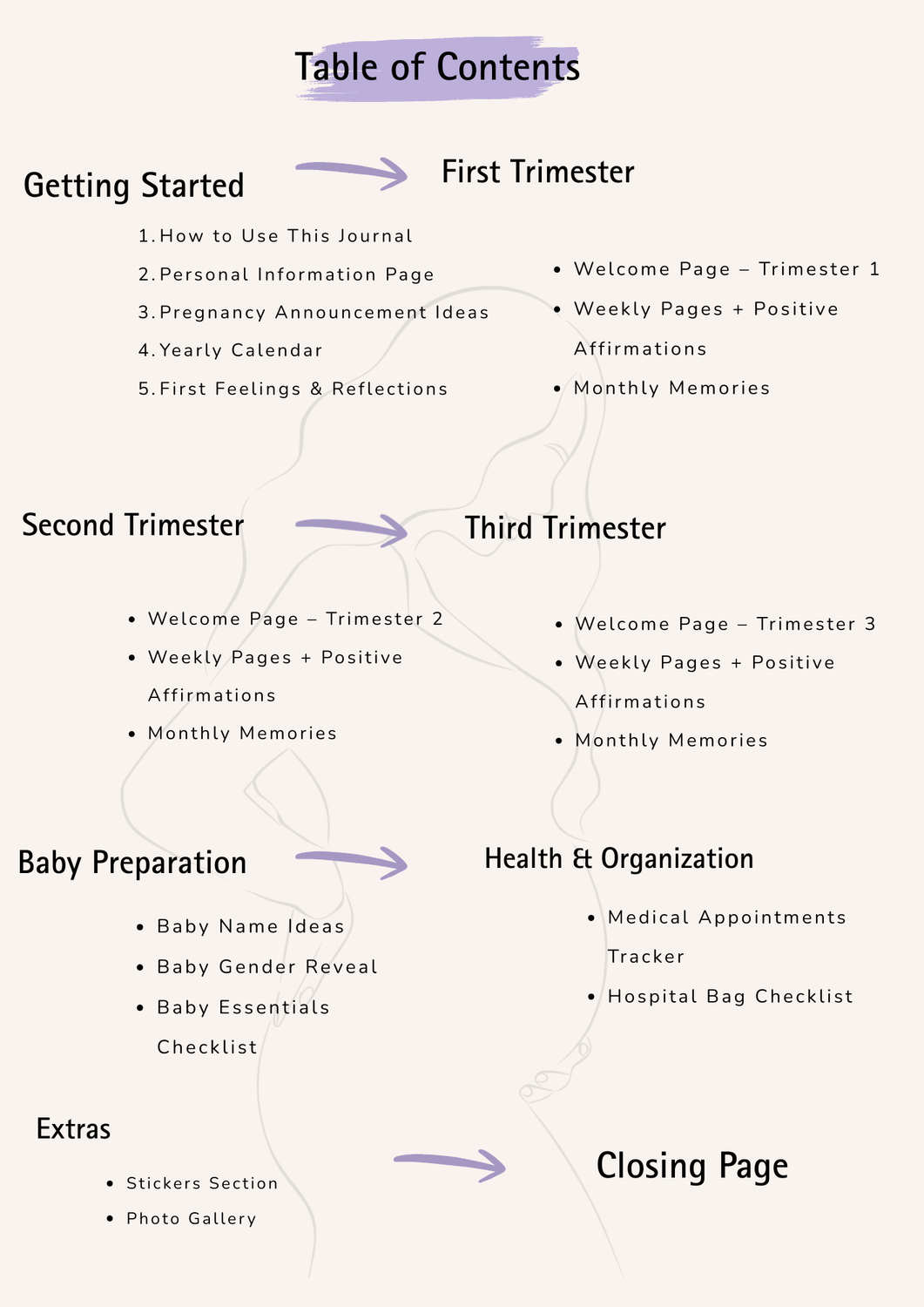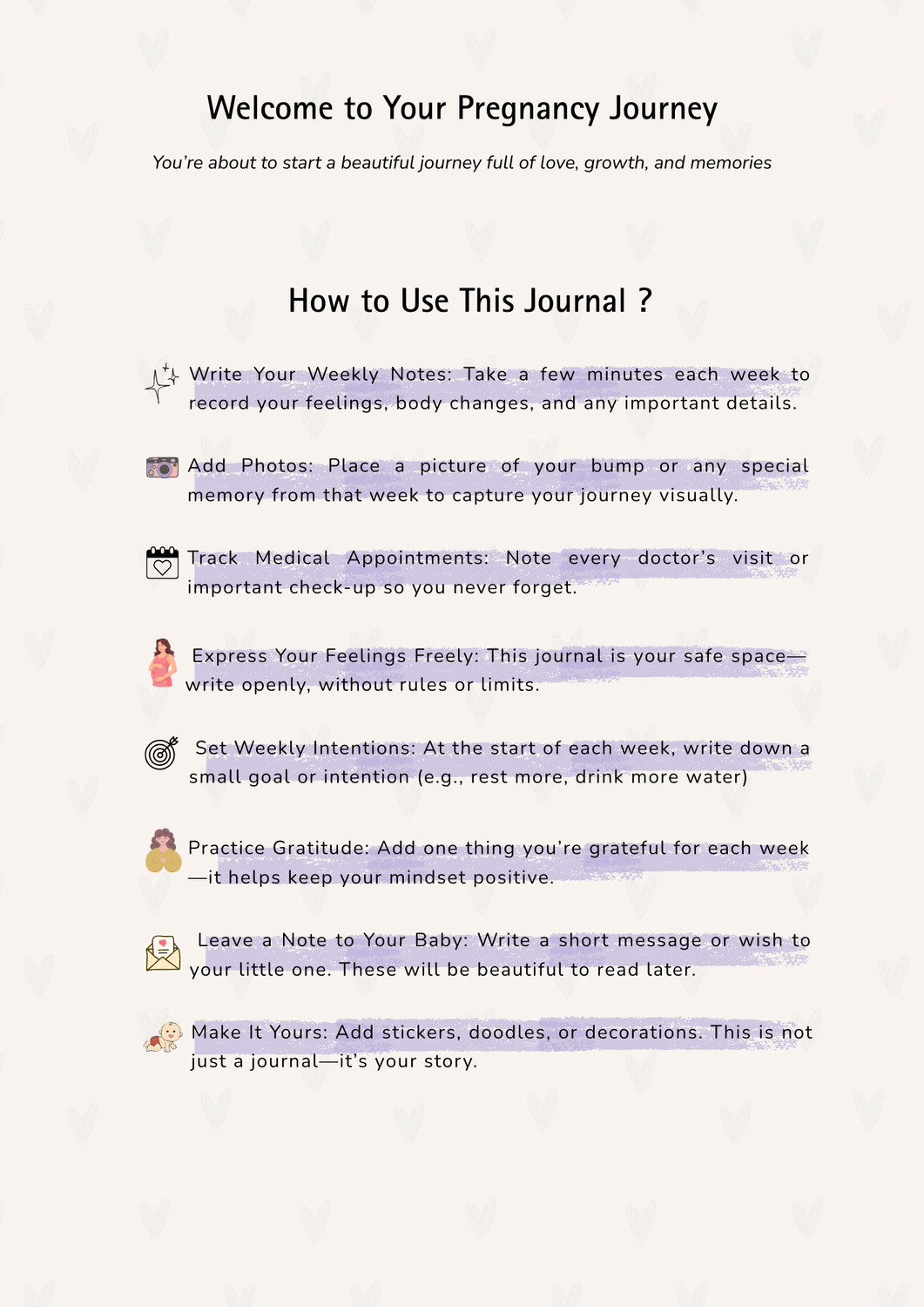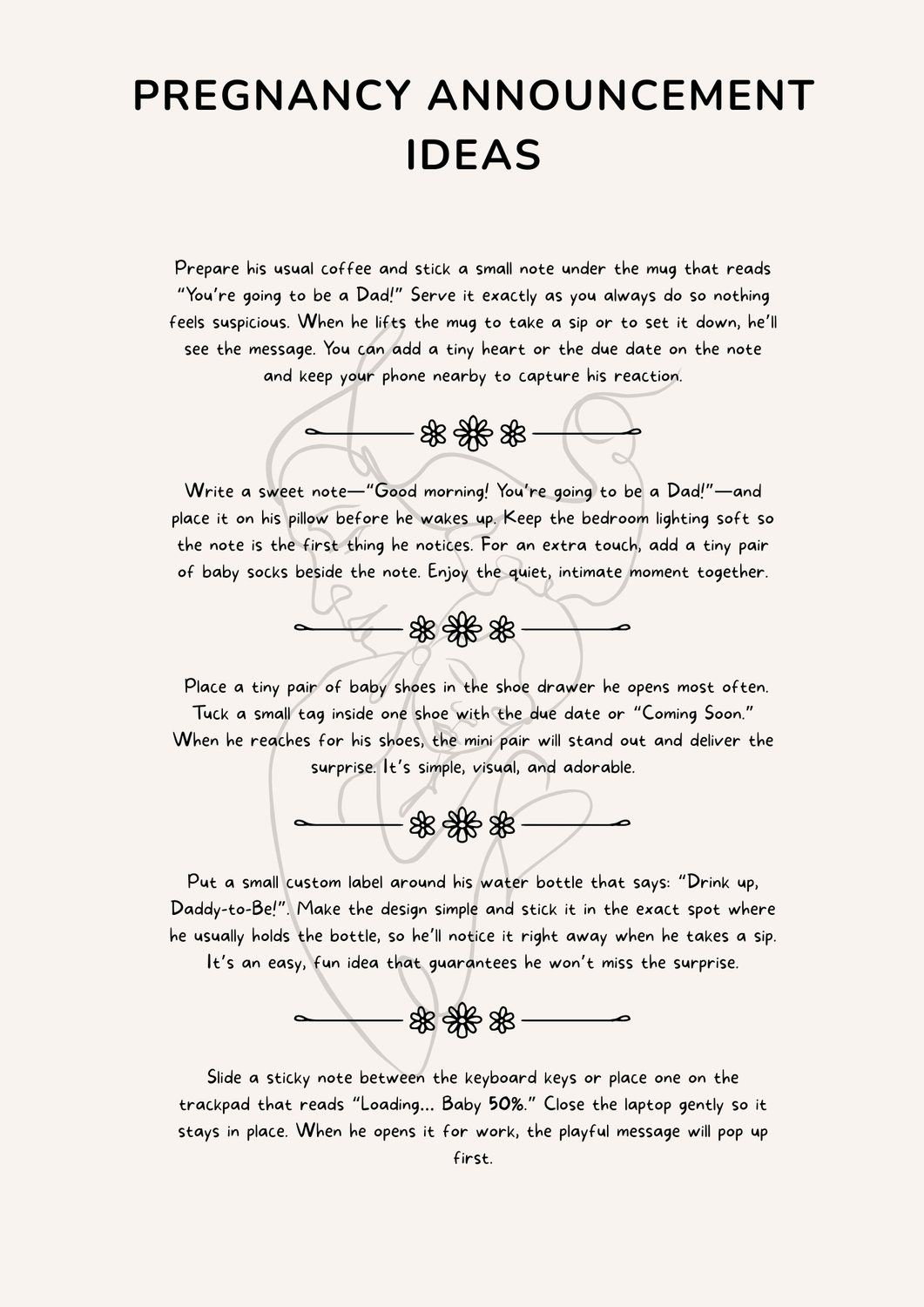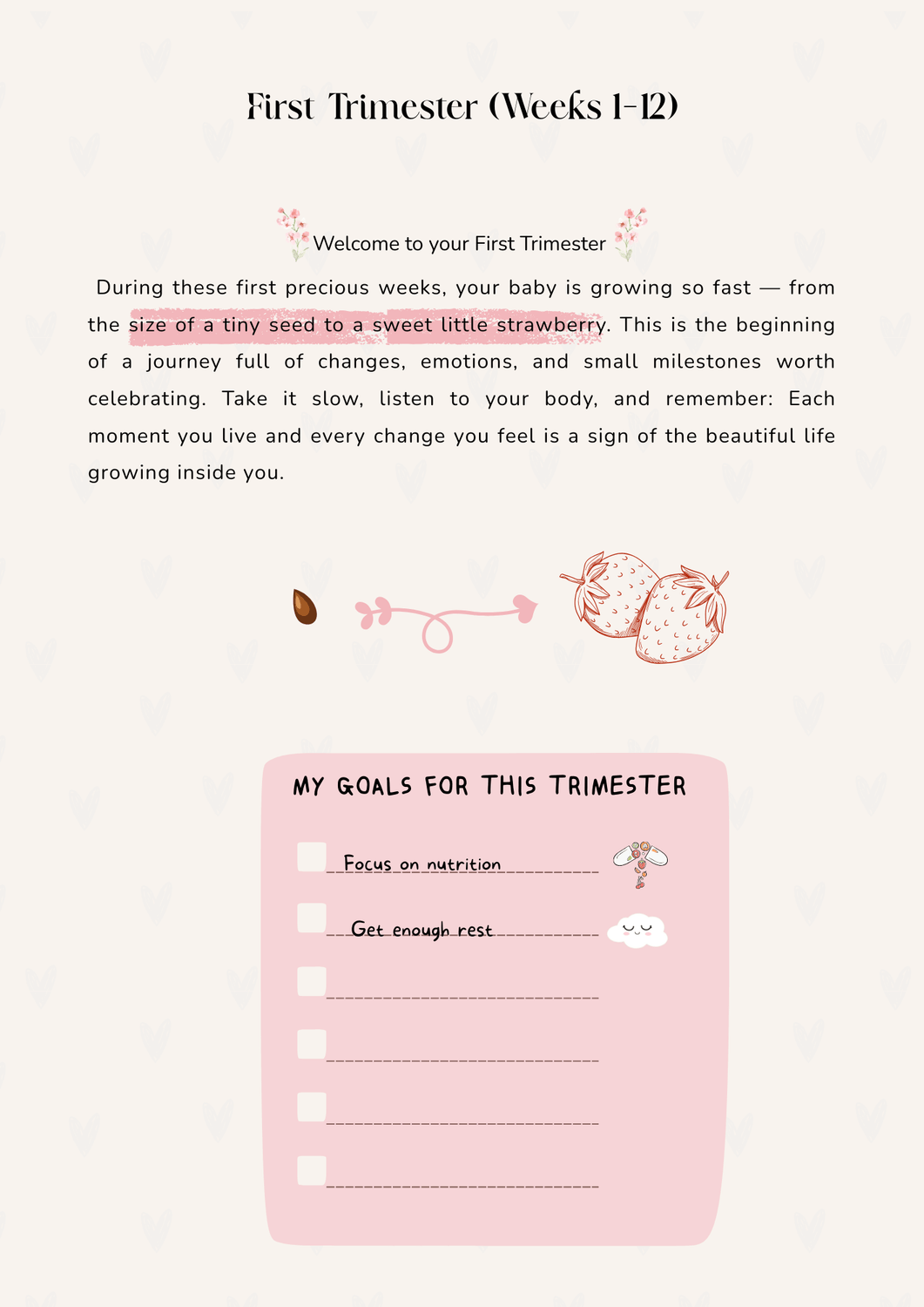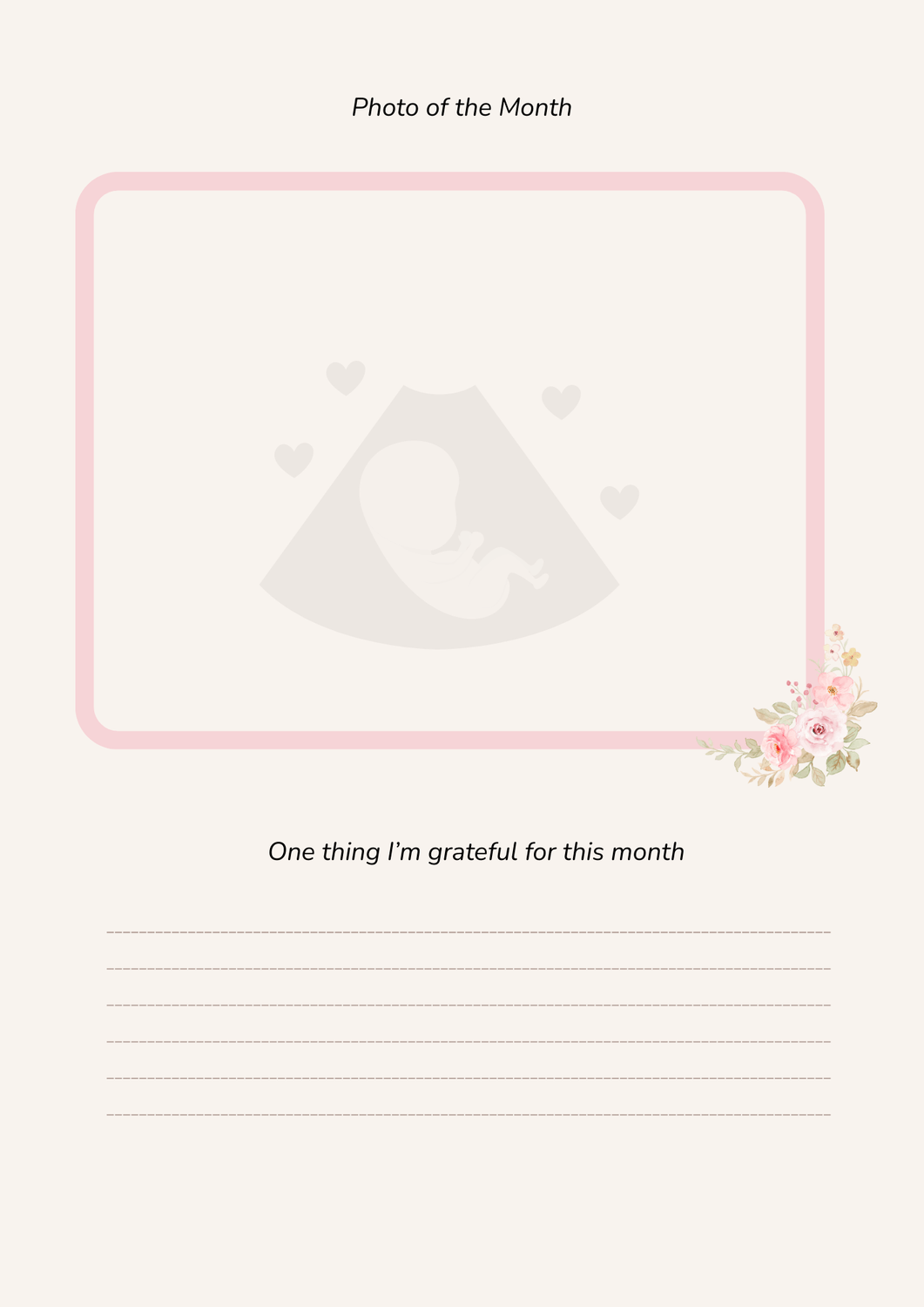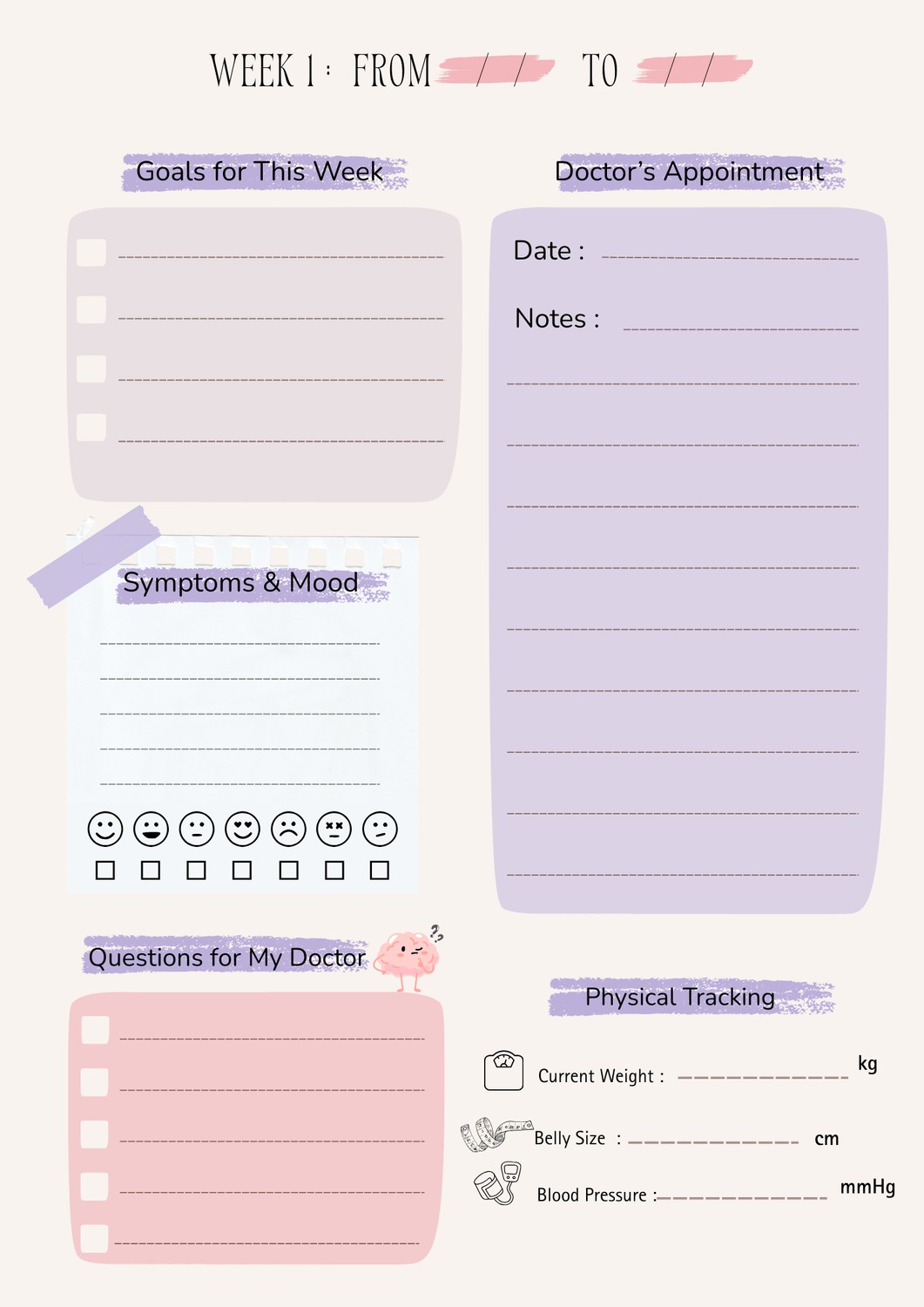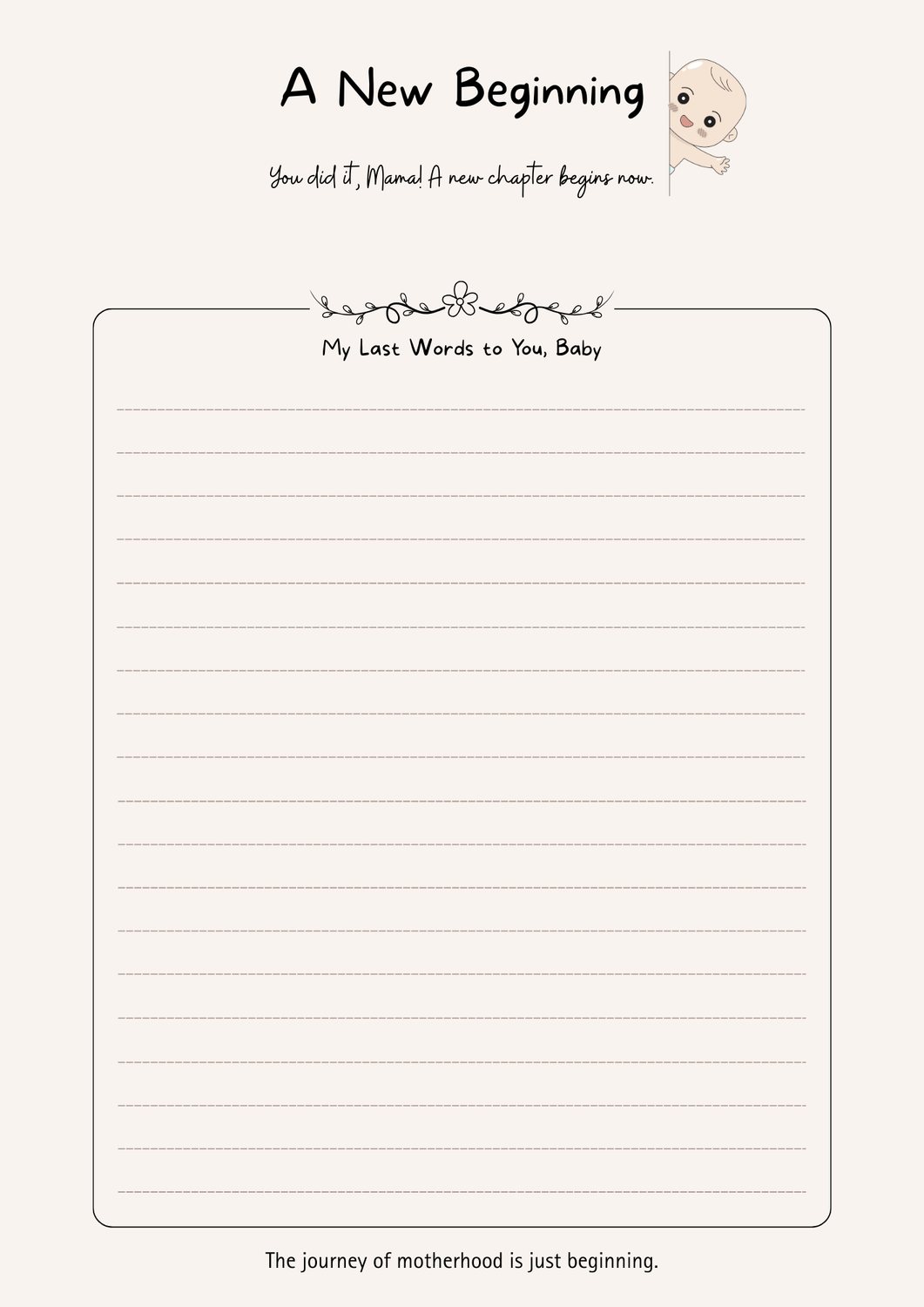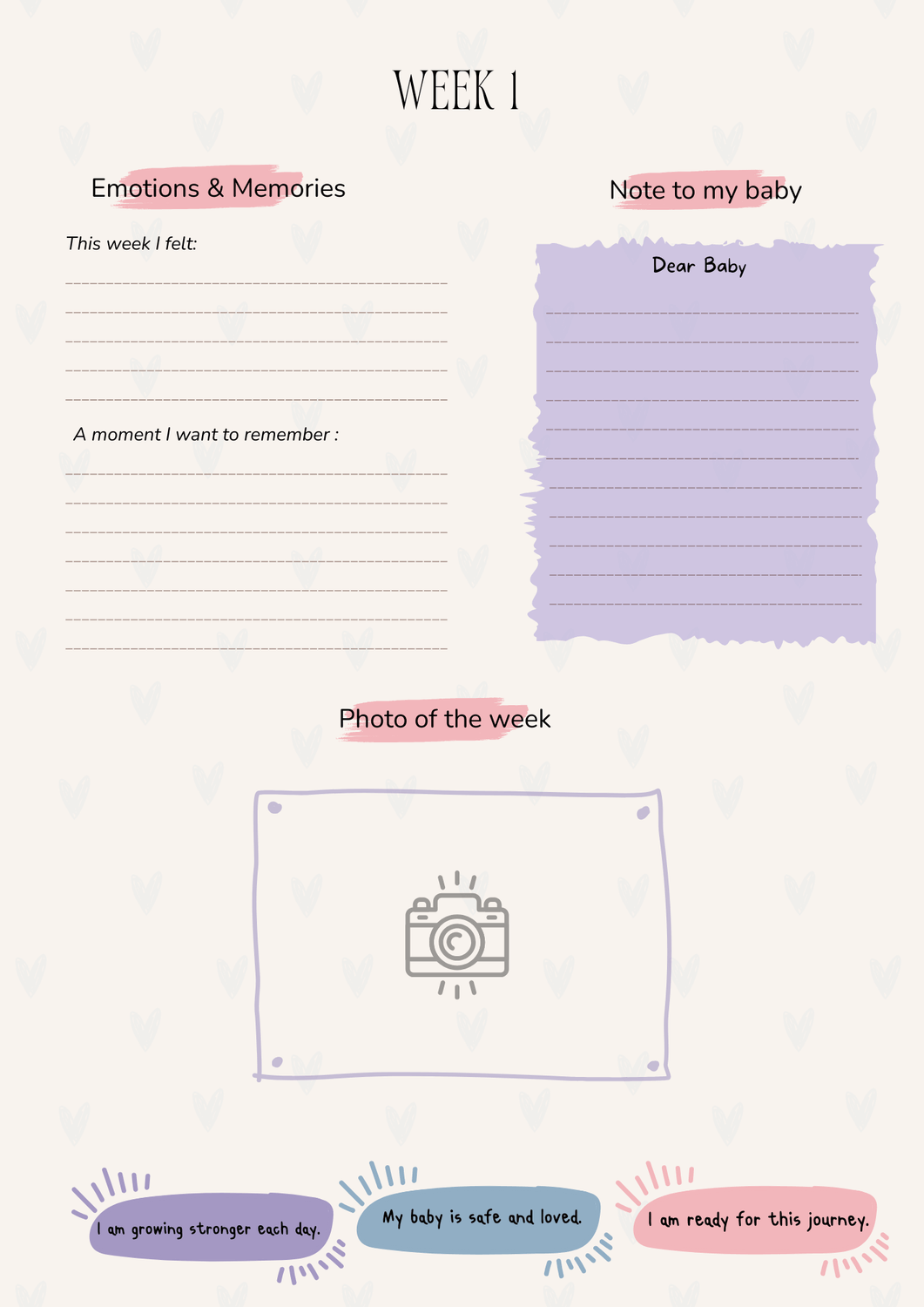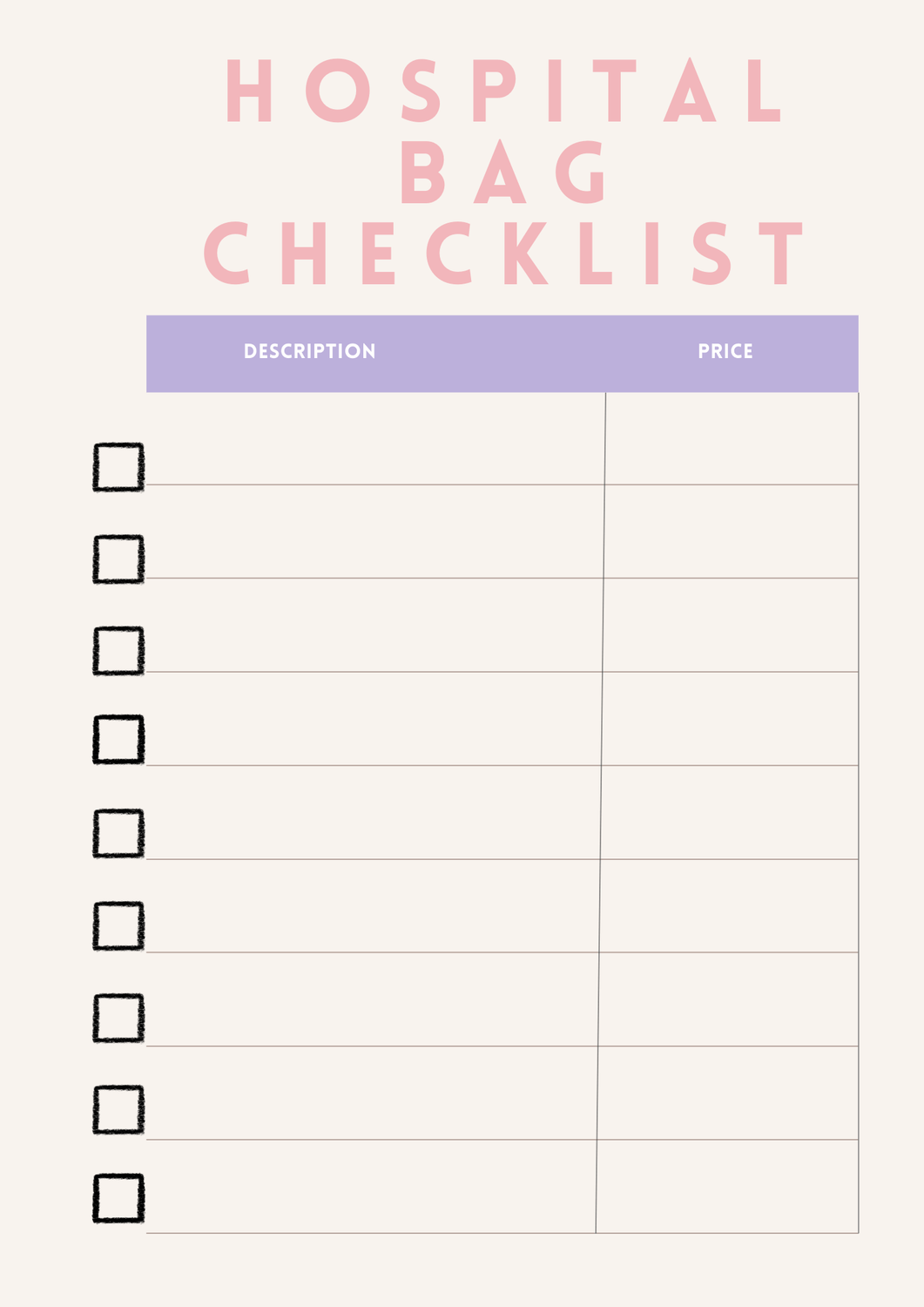
MindFulMothehood

One Journal to Support You Every Week of Your Journey
Because pregnancy shouldn’t feel overwhelming.
This journal gives you clarity, comfort, and emotional support from Week 1 to Week 40.
For every mom who’s ever felt overwhelmed… this is for you.
Pregnancy can be beautiful — and overwhelming at the same time.
Between appointments, symptoms, emotions, and constant questions, it’s easy to feel scattered.
This journal gives you a quiet place to slow down, write things out, and feel a little more grounded.
So you can finally say:
✔ I feel organized
✔ I feel supported.
✔ I know what’s happening with my body.
✔ I’m actually enjoying this journey.
✔ I have a safe space for all my thoughts.
✔ I finally feel in control of my pregnancy—not controlled by it.
✔ I’m building a memory my baby will cherish forever.
✔I can look back and see how strong I am becoming.
✔ My emotions finally make sense.
✔ I have a place to write my questions instead of carrying them in my head.
What Makes This Journal Different ??
It’s not just a journal… it’s your pregnancy companion.
Inside, you’ll find 208 pages designed with care, including :
Weekly affirmations:
Small emotional boosts to help you feel more confident and less anxious.
Doctor Appointment Tracker:
So you never forget questions or important notes again.
Nausea, Mood & Sleep Trackers:
Track your daily patterns and understand what triggers your discomfort.
Trimester Goals (Emotional + Physical):
Realistic, supportive goals to help you stay balanced.
Kick Count, Baby Growth & Ultrasound Pages:
Capture every milestone in a beautiful keepsake.
Pages for Name Ideas, Gender Reveal Memories & Letters to Baby:
These become memories you’ll keep forever.
Bonus Writing Pages (notes, reflections & memories):
Because every pregnancy is unique — you’ll have all the space you need.
Who Is It For ?
You’re pregnant (first, second, or third trimester)
You want structure during pregnancy
You want to feel prepared, not overwhelme
You love writing and reflecting
You want a keepsake for your baby
You want a calm, guided journey — not confusion
Sneak Peek Inside :
The Offer :
Your Complete Pregnancy Support Bundle (Limited Offer)
Get the 208-Page Pregnancy Journal $17,99 + Receive a Powerful Bonus for FREE
Imagine having everything you need to feel calmer, more organized, and more supported during pregnancy… all in one place.
🎁 FREE Bonus: Morning Sickness Relief Guide
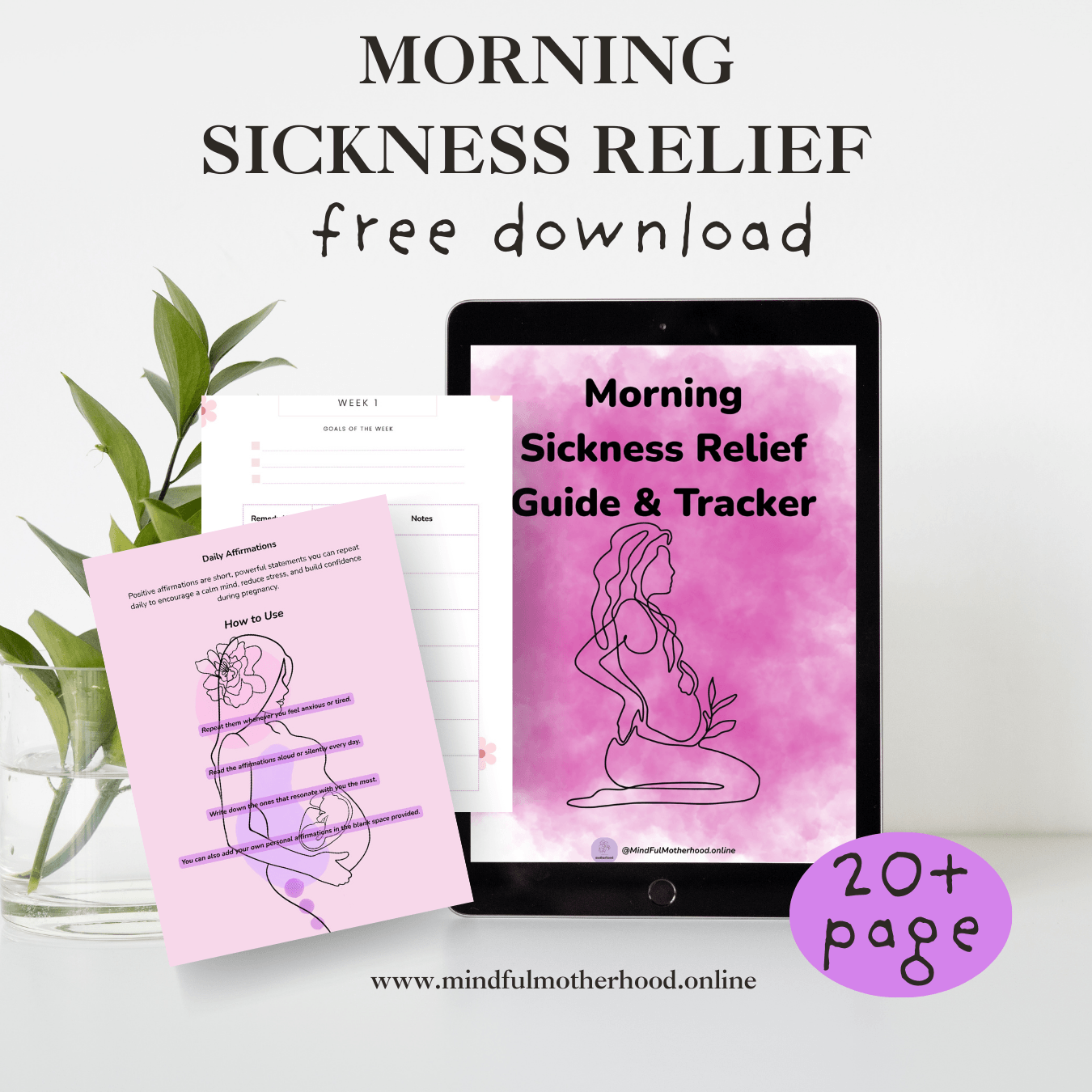
Offers gentle, effective ways to ease daily nausea and feel more in control.
Includes simple weekly tracking sheets to help you notice patterns and what actually works for you.
Provides space to write your own notes, triggers, and observations.
Features calming affirmations to support your mindset on difficult days.
Designed to bring comfort, clarity, and ease during the toughest early weeks.
Automatically included for free with your Pregnancy Journal purchase.
Real Feelings, Shared by Moms

Here’s what moms usually say about using a pregnancy journal

“Tracking my habits and symptoms made me feel more in control of what was happening with my body.”

“Having a space to release my emotions every day helped me stay calmer during stressful weeks.”

“I love looking back at what I wrote; it feels like I’m documenting a story my baby will read one day.”
You deserve a calmer, more supported pregnancy.
Start your journey with the journal made for you.
© 2025 MindfulMotherhood.
Created with care to support expecting moms through organization, reflection, and calm moments.
For educational and personal use only. Not medical advice.
Create Your Free Account
